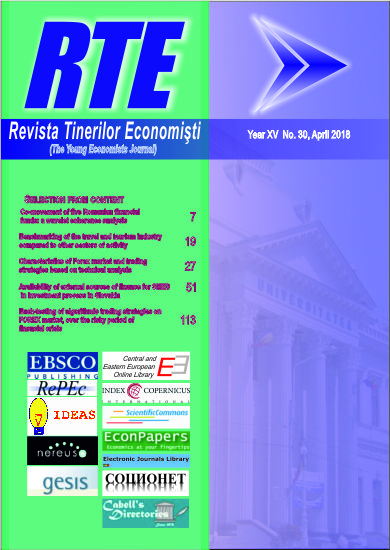THE PENALTY PRODUCTION MODEL INSIDE REVERSE SUPPLY CHAINS. TOWARDS A BETTER DISTRIBUTION OF THE PENALTY SYSTEM
THE PENALTY PRODUCTION MODEL INSIDE REVERSE SUPPLY CHAINS. TOWARDS A BETTER DISTRIBUTION OF THE PENALTY SYSTEM
Author(s): Iuliana Nicolae, Emil ScarlatSubject(s): Supranational / Global Economy, Financial Markets
Published by: Editura Universitaria Craiova
Keywords: global supply chains; production model; reverse supply chains; sorting process; supply chain finance; supply chain management; working capital;
Summary/Abstract: Lately, financing working capital for small and medium-sized enterprises in reverse logistics has become more difficult due to global supply chains disruptions and more demanding conditions coming from financial institutions. This paper suggests an alternative solution for reverse supply chain financing in the sorting phase of the recycling process by using penalty system that generates needed working capital for the manufacturer. The model used has as starting point a Supply Chain Finance model regarding working capital financing, and is based on a penalty system with three category types, in addition to reclassification and sorting components which was built by the author in 2015 (in cooperation with other operational departments at one of the largest Norwegian companies) after several visual checks of the loads delivered at the sorting plant. Results based on three different scenarios with differentiation criteria market share and purchasing parity for different client types show which penalty levels are needed in order to obtain maximum working capital for each group of clients. Findings underline the fact that a market distribution of 60 % for VIP clients,30 for % medium companies and 10 for % small companies, in addition to a strong purchasing parity differentiation (37, 5 % price difference between lose categories) gives the optimal solution for the 10 million NOK working capital target in 2016 that the sorting company needs in order to sustain the new penalty system, in addition to a better fraction control at the manufacturing area.
Journal: Revista tinerilor economişti
- Issue Year: 2018
- Issue No: 30
- Page Range: 77-100
- Page Count: 24
- Language: English

